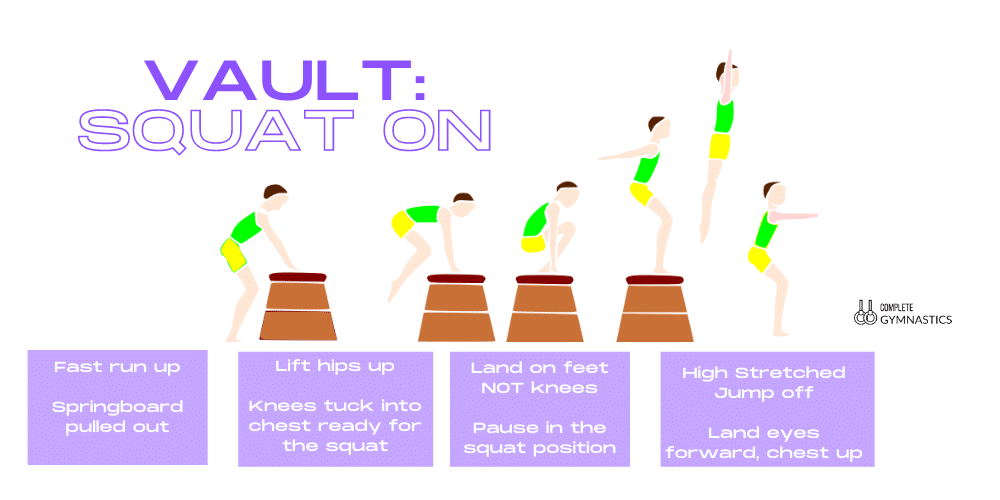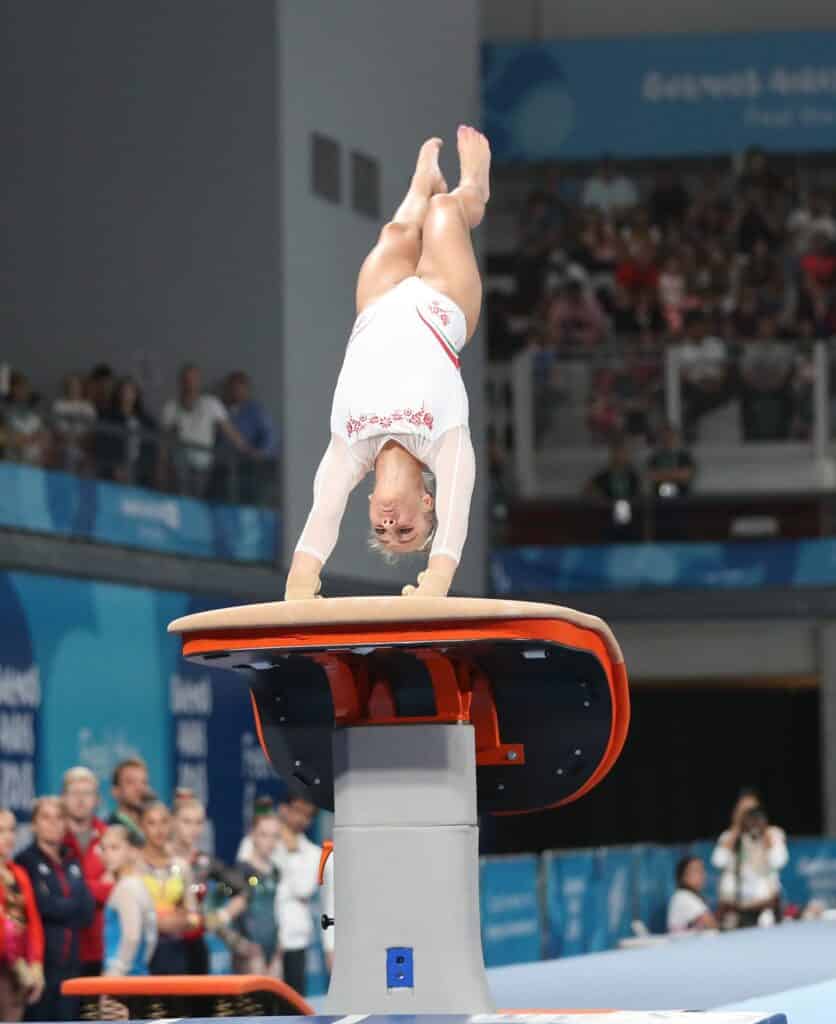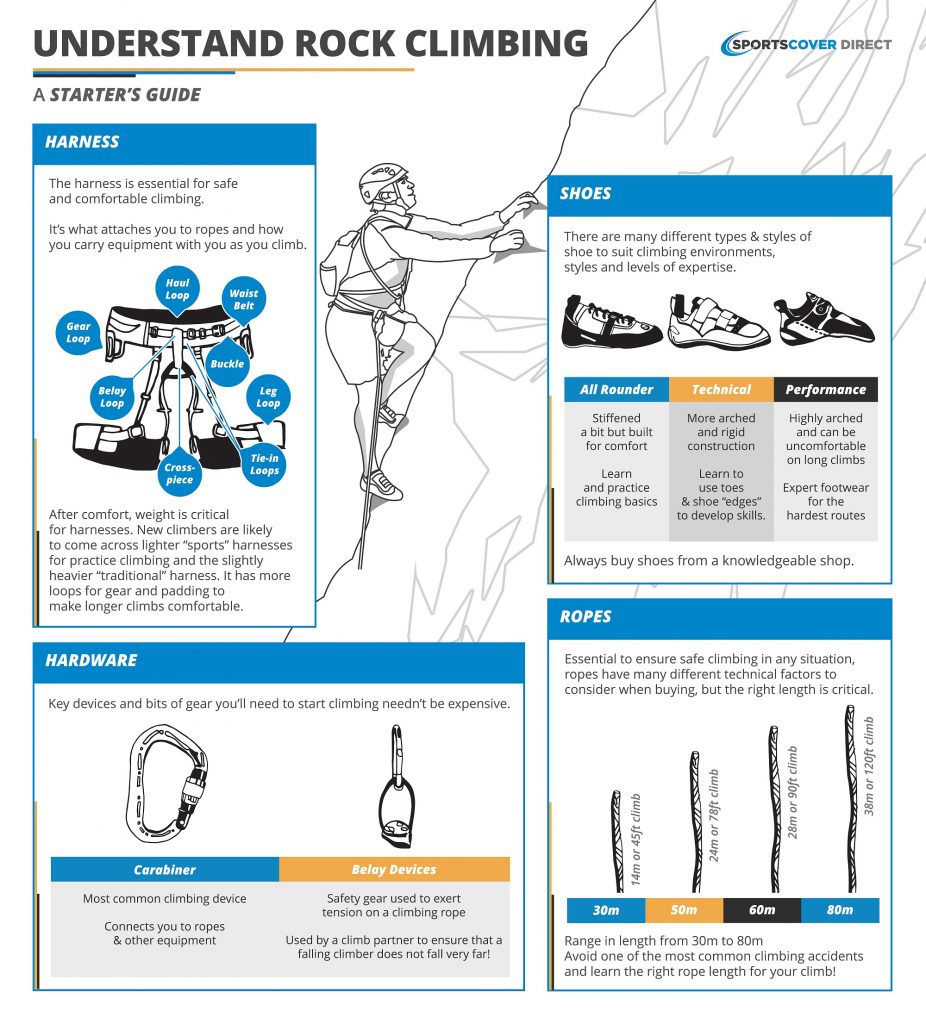
Gymnastics Vault Tips for Beginners: Mastering the Fundamentals
Gymnastics vaults are a thrilling and visually impressive element of the sport, characterized by powerful explosive movements that launch gymnasts over a vaulting horse or table. While seemingly daunting for beginners, mastering the basics requires a combination of strength, flexibility, and technique. This comprehensive guide breaks down the key steps, safety precautions, and progressive exercises to help beginners confidently approach and execute various vaulting techniques.
Understanding the Vaulting Horse/Table:
Before delving into specific vault types, understanding the apparatus is crucial. The vaulting horse is a padded rectangular apparatus, while the vaulting table provides a slightly higher and wider surface. Both have a springboard positioned in front, acting as the launchpad for the gymnast. The height and width of the apparatus vary depending on the gymnast’s skill level and the specific competition rules.
Fundamental Skills and Drills:
Before attempting any complex vaults, mastering fundamental skills forms the solid foundation for success and injury prevention.
-
Proper Run-up: The run-up is the critical initial phase, setting the momentum for the entire vault. Begin with a controlled, consistent run-up, maintaining speed and rhythm. Practice sprinting and developing a consistent stride length and cadence. The run-up should end with a powerful, controlled approach to the springboard. Focus on maintaining good posture throughout the run-up, avoiding hunching or slouching.
-
Springboard Technique: Efficient springboard usage is paramount. Practice the proper approach, aiming for the center of the board with a strong, but controlled, jump. The angle of the jump is crucial; too steep and the gymnast will lose momentum, too shallow and they may miss the springboard’s sweet spot. The goal is to maximize the bounce from the springboard, propelling the gymnast upwards.
-
Hand Placement and Grip: Hand placement on the horse or table is critical for maintaining balance and executing the vault. Gymnasts should aim for a firm grip, utilizing the entire hand surface to prevent slippage. Practicing handstands against a wall, and gradually increasing the time spent in the handstand, strengthens the wrist, grip and hand muscles, improving stability.
-
Flexibility and Strength: Gymnastics vaults demand significant flexibility and strength, especially in the shoulders, core, and legs. Regular stretching routines, focusing on hamstring flexibility, hip flexibility, and shoulder mobility, are essential. Incorporating strength training exercises, such as squats, lunges, plyometrics, and core work (planks, Russian twists), build the necessary power and stability for vaulting.
Progressive Vaulting Techniques:
Beginners should start with simpler vaults before progressing to more advanced ones. Here are some common starting vaults and their progressions:
-
Handstand Vault (or Straddle Vault): This is a fundamental vault that builds confidence and establishes proper hand placement and body position. Start with practicing handstands against a wall to develop balance and strength. Then, progress to a handstand on the vaulting horse or table, focusing on a straight body line. Once comfortable, practice the vaulting action, starting with a simple straddle vault, where the legs are spread apart as the gymnast goes over the apparatus.
-
Tuck Vault: This involves tucking the knees towards the chest during the vault. It requires more power and control than the handstand vault. Begin by practicing the run-up and springboard technique, followed by focusing on tucking the body during a jump onto a lower surface, like a low bench. Gradually increase the height of the surface until comfortable performing the tuck vault on the vaulting horse or table.
-
Pike Vault: The pike vault is more advanced than the tuck vault, requiring more flexibility and core strength. The gymnast keeps their legs straight but bends at the hips, bringing their upper body towards their legs during the vault. Start with practicing pike stretches and strengthening core muscles. Gradually work towards executing a pike vault on a lower surface before attempting it on the vaulting horse or table.
-
Round-off Back Handspring Vault (Advanced): This is a highly advanced vault requiring a strong back handspring and excellent body control. This vault should only be attempted after mastering the previous vaults and with proper coaching and supervision.
Safety Precautions:
Safety is paramount in gymnastics. Beginners should always work under the supervision of a qualified coach who can provide proper instruction and guidance. The following safety measures are essential:
-
Proper Warm-up: Always warm up before practicing any vaulting techniques. This includes dynamic stretches to increase blood flow and prepare muscles for exertion.
-
Spotting: A spotter is crucial, especially for beginners, to provide support and prevent falls. The spotter should be positioned strategically to assist with balance and prevent injuries.
-
Appropriate Matting: Adequate mats should be placed around the vaulting horse or table to provide a soft landing area. This minimizes the risk of injuries in case of falls.
-
Gradual Progression: Avoid rushing the learning process. Progress gradually, mastering each stage before moving to the next more challenging vault.
-
Listening to your body: If you experience any pain or discomfort, stop immediately and consult a coach or medical professional.
Mental Preparation:
Beyond physical skills, mental preparation plays a significant role in vaulting success. Visualizing the vault, focusing on the proper technique, and maintaining a positive attitude are crucial for confidence and performance. Practicing mindfulness and relaxation techniques can also help manage pre-performance anxiety.
Conclusion:
Mastering gymnastics vaults requires dedication, patience, and consistent practice. By following these tips, focusing on fundamental skills, and progressing gradually, beginners can build confidence and safely execute various vaulting techniques. Remember, safety is paramount, and working with a qualified coach is essential to ensure proper technique and minimize the risk of injury. With perseverance and the right guidance, the thrill of successfully executing a gymnastics vault can be a rewarding experience.



